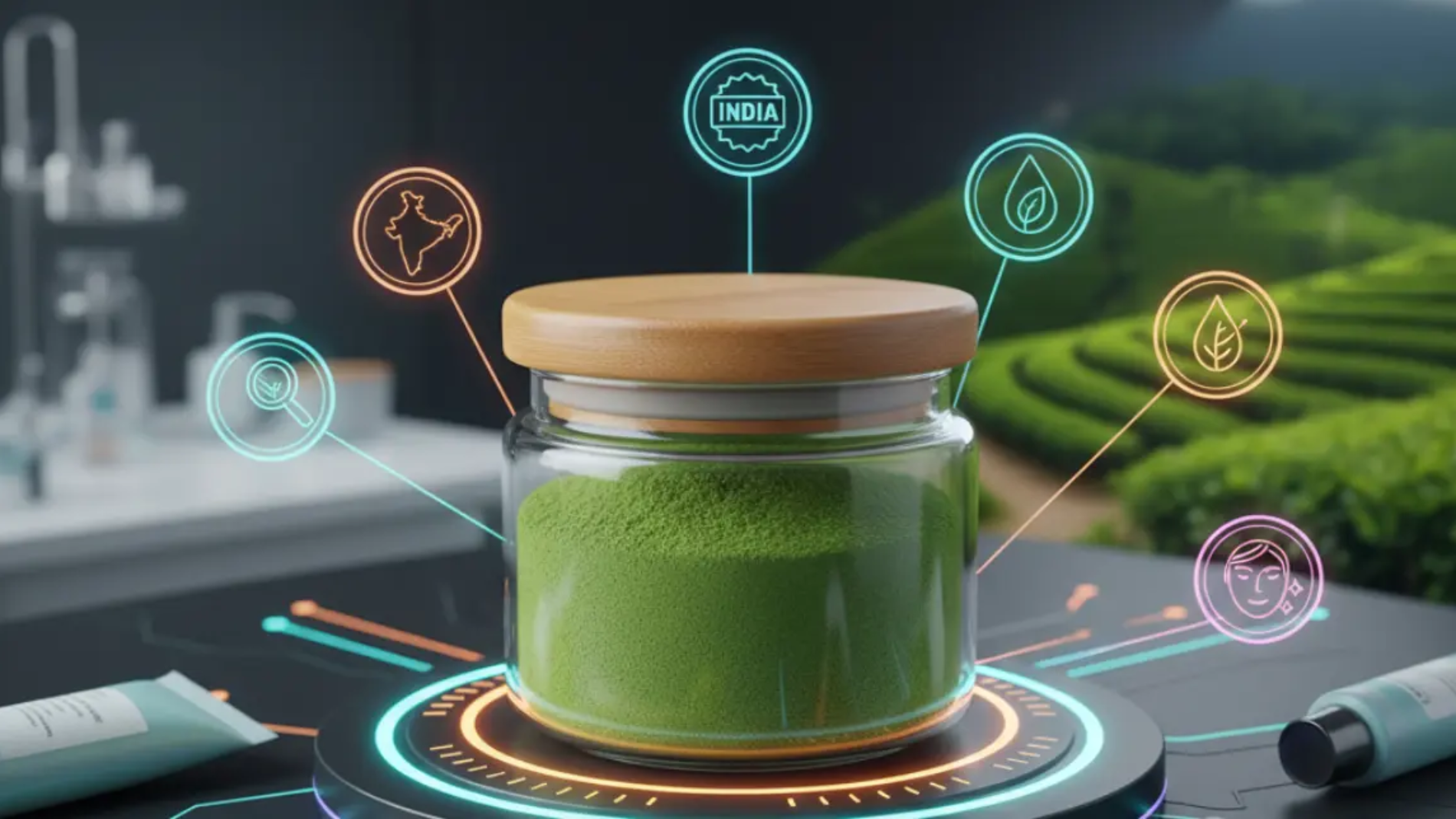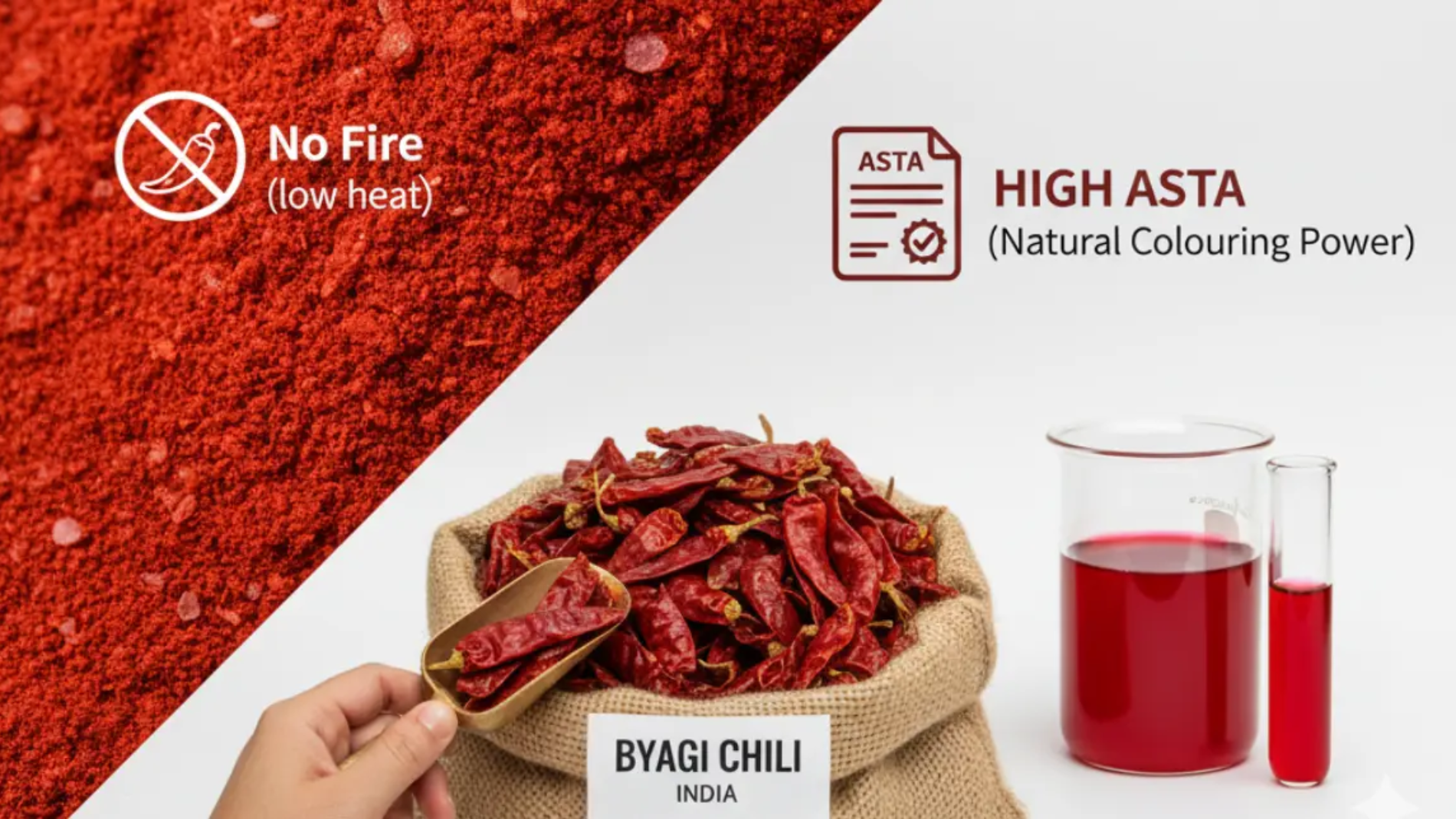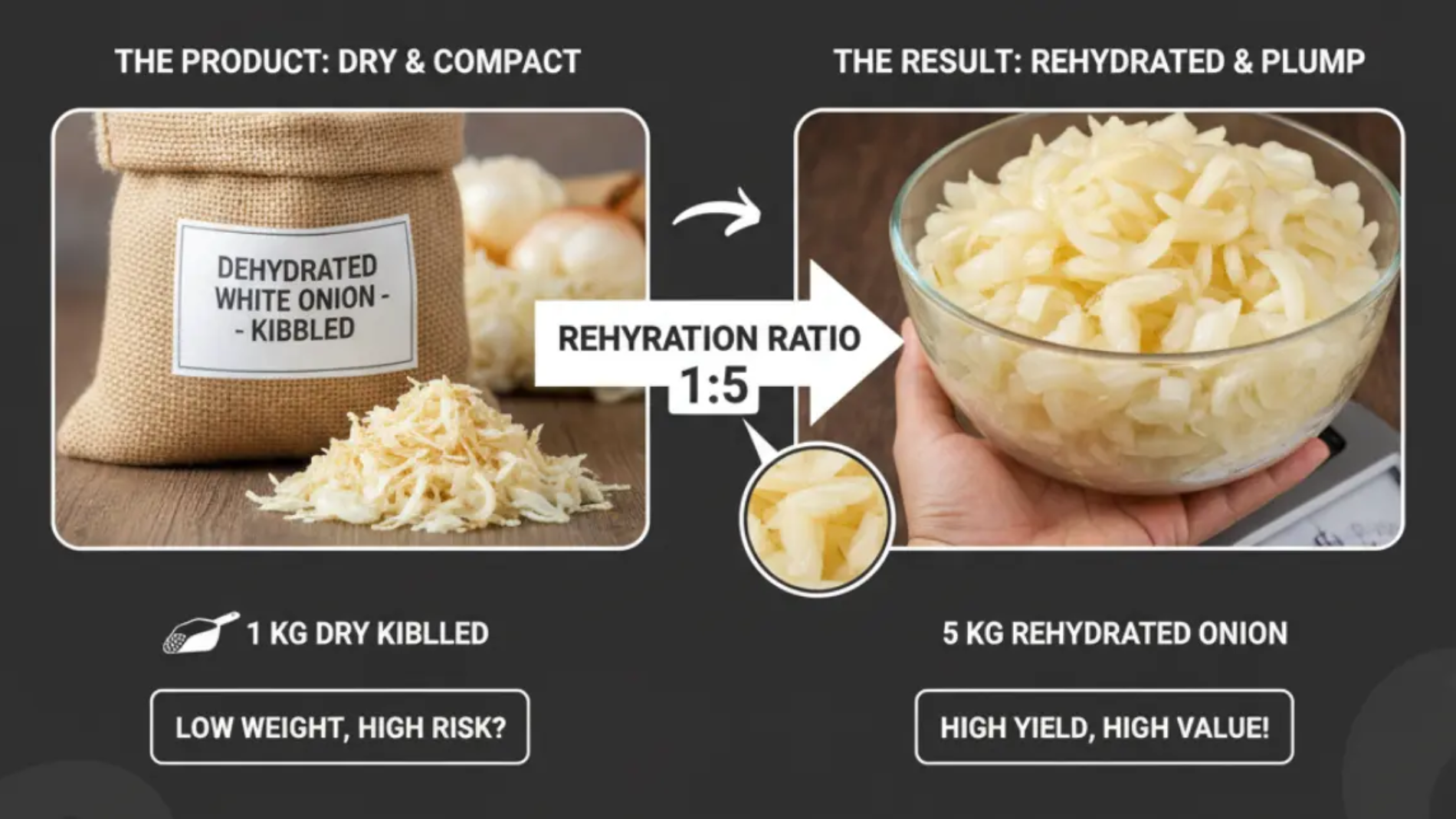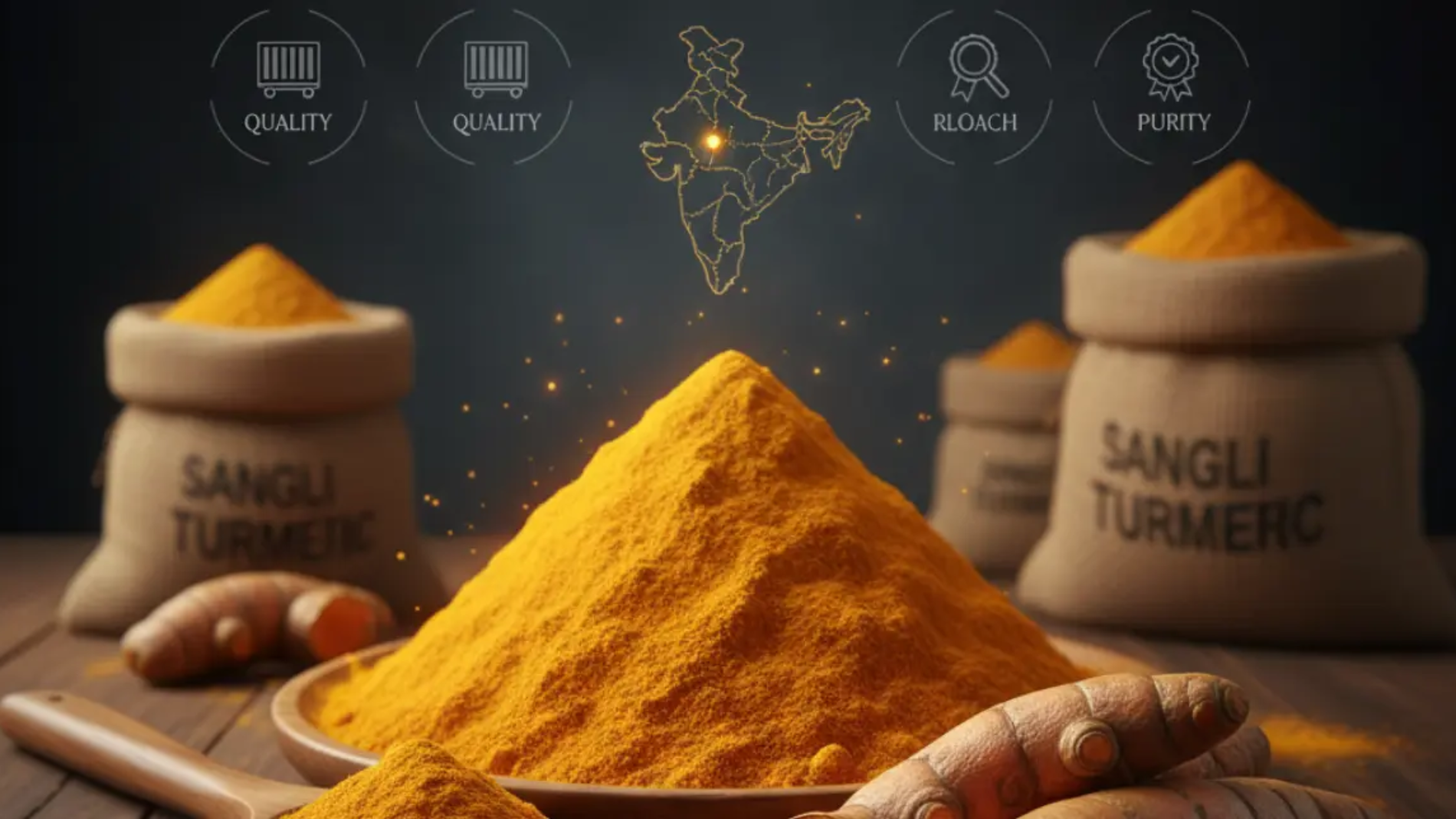There is an undeniable, rustic charm to Indian Jaggery Blocks. These dense, golden-to-dark-brown blocks of unrefined sugar, known as gur blocks in many parts of India, are a symbol of authenticity. They are a pure, traditional natural sweetener prized for their rich, molasses-like flavour and impressive nutritional profile.
As a leading jaggery supplier in India, we love the tradition they represent. However, as anyone who has ever brought one into their kitchen knows, they also present a unique set of challenges. They are often rock-hard, sticky in humidity, and notoriously difficult to measure.
This guide is here to help. We’ll walk you through the best ways to handle traditional Indian jaggery blocks and reveal a modern, convenient alternative that gives you all the benefits without any of the hassle.
The First Challenge: How to Break Indian Jaggery Blocks
This is often the biggest hurdle. You have a solid block of unrefined sugar, and you just need a few spoonfuls for a recipe. Here are the most common methods, from easiest to hardest.
1. The Gentle Heat Method (Recommended) Jaggery softens with heat.
Microwave: Place the block in a microwave-safe bowl and heat it on low power for just 10-15 seconds. This will soften it just enough to be easily scooped or cut with a knife. Be careful not to melt it, as hot jaggery is extremely sticky and can burn.
Stovetop: Place the block in a dry, heavy-bottomed pan on the lowest possible heat for a minute. This will soften the outside, allowing you to scrape or cut off what you need.
2. The Precision Method (A Sturdy Knife) If the block is relatively fresh, you may be able to use a large, sturdy knife.
Place the block on a stable cutting board.
Carefully insert the tip of a strong knife into the block and press down firmly. Instead of “chopping,” try to “cleave” or “chip” off pieces.
This method requires caution and a good knife, as the block’s uneven texture can cause the knife to slip.
3. The Brute Force Method (Use with Caution) This is the traditional way, but it’s messy.
Wrap the jaggery block in a thick, clean kitchen towel or place it in a durable zip-lock bag.
Place it on a hard, sturdy surface (like a concrete floor).
Use a hammer, meat mallet, or even a rolling pin to strike the block firmly until it breaks into smaller, more manageable pieces. This method works but often results in uneven chunks and a fine dusting of jaggery.
Spice Up Your Business with Authentic Indian Flavors
Import and Export Excellence from India!

How to Properly Store Jaggery Blocks
The second great challenge with jaggery is its hygroscopic nature. This means it readily absorbs moisture from the air, turning it soft, sticky, and syrupy, especially in humid climates.
Airtight is Non-Negotiable: The moment you open its original packaging, your jaggery block must be placed in a completely airtight container. A glass jar with a tight-fitting lid or a high-quality plastic container is ideal.
Keep it Cool and Dry: Store the container in a cool, dark, and dry pantry.
To Refrigerate or Not? Avoid the refrigerator. While it seems like a good idea, the cold temperature can make the Indian Jaggery Blocks even harder. Furthermore, when you take it out, condensation can form on the block, making it even stickier.
For Long-Term Storage: If you’ve broken your block into smaller pieces, you can place them in a zip-lock bag, press out all the air, and then place that bag inside your airtight container for double the protection.
Traditional Uses for Jaggery Blocks
So, why go through the trouble? Because the flavour is worth it, and for some recipes, the block form is ideal.
Making Syrups (Chashni): Many traditional Indian sweets (mithai) require you to melt a whole block of jaggery into a hot, bubbling syrup as the base for chikki (brittle) or ladoos.
After-Meal Digestive: A small, bite-sized chunk of jaggery is famously consumed after a meal in many Indian homes. It is believed to aid digestion and act as a sweet, healthy finish to the meal.
Hot Beverages: Dropping a small chunk of a gur block into a hot cup of masala chai or black coffee allows it to melt slowly, infusing the drink with a deep, rich sweetness.
The Easy Solution: When to Use Jaggery Powder Instead
Love the flavour and jaggery health benefits but can’t be bothered with the work? You are not alone. This is exactly why jaggery powder has become the preferred choice for modern kitchens and food manufacturers.
Jaggery powder is simply the same authentic, unrefined jaggery, dried and granulated into a free-flowing powder. It solves every single problem associated with blocks:
No Breaking: It’s ready to use right out of the bag.
Easy, Precise Measurement: You can use a standard measuring spoon. It’s a perfect 1:1 substitute for white sugar in most baking recipes.
Instant Solubility: It dissolves instantly in both hot and cold liquids. This makes it perfect for sweetening iced tea, lemonade, smoothies, yogurt, or a quick bowl of oatmeal—something a block simply cannot do.
Simple Storage: It’s far less prone to clumping (when high-quality) and is easier to store in a simple airtight container.
You get 100% of the authentic taste and nutrients with 0% of the hassle.
Spice Up Your Business with Authentic Indian Flavors
Import and Export Excellence from India!

Whether you are a purist who loves the tradition of Indian Jaggery Blocks or someone who values the convenience of modern jaggery powder, the key is to choose a high-quality product. Look for a deep, natural colour and avoid any jaggery that looks unnaturally pale or yellow, as it may have been treated with chemical clarificants.
By understanding how to handle the traditional block—and knowing you have a convenient alternative—you can enjoy this wholesome, natural sweetener any way you choose.
Frequently Asked Questions (FAQs)
1. What’s the easiest way to break a hard jaggery block?
The fastest and safest way is to microwave it in a bowl for 10-15 seconds on low. This will soften it just enough to be easily cut or scooped with a spoon.
2. How do I stop my jaggery block from getting sticky?
You must store it in a completely airtight container in a cool, dry place. Jaggery absorbs moisture from the air, which is what makes it sticky. Never leave it exposed.
3. Is jaggery powder just crushed jaggery blocks?
High-quality jaggery powder is more than that. It is processed to a specific low moisture level to ensure it is free-flowing and resists clumping, making it far more stable and easy to use than simply crushing a block at home.
4. Are the health benefits of jaggery powder the same as the blocks?
Yes. As long as you are comparing pure, chemical-free jaggery, the powder and blocks have the exact same nutritional profile and jaggery health benefits, including minerals like iron and magnesium.
5. Can I use jaggery blocks in my coffee or tea?
Absolutely. Dropping a small chunk into a hot beverage is a traditional use. It will melt slowly and sweeten the drink. For iced coffee or tea, jaggery powder is the only practical option as it dissolves instantly.
6. Is jaggery healthier than white sugar?
Yes. Jaggery is an unrefined sugar, meaning it retains the molasses and minerals from the sugarcane. White sugar is highly processed and stripped of all nutrients, making it “empty calories.”
7. Why is my jaggery block so dark?
The colour of jaggery (from golden to dark brown) depends on the sugarcane variety, the length of boiling, and the harvest. A darker colour is perfectly normal and often indicates a richer, more robust molasses-like flavour.
8. How can I measure jaggery blocks for a recipe?
This is a major challenge. The best way is to grate the block and then pack the shavings tightly into a measuring cup. This is a key reason why jaggery powder is superior for baking, as it can be measured precisely just like sugar.
About us
We bridge the gap between local producers and global markets, ensuring seamless trade facilitation with exceptional quality and reliability. We provide quick delivery services with customized packaging with all approval of International Certificates (Spices board India, MSME, IEC, fssai, FIEO, APEDA, EU certification, FDA and Many More)
Contact us
Shop No. 3, Ganesh Prestige Sr. No. 2/15, Near Laxmi Jewellers, Dhanakawadi, Pune – 411043, Maharashtra INDIA.
Call On
+91 9545205050
+91 9822422584










